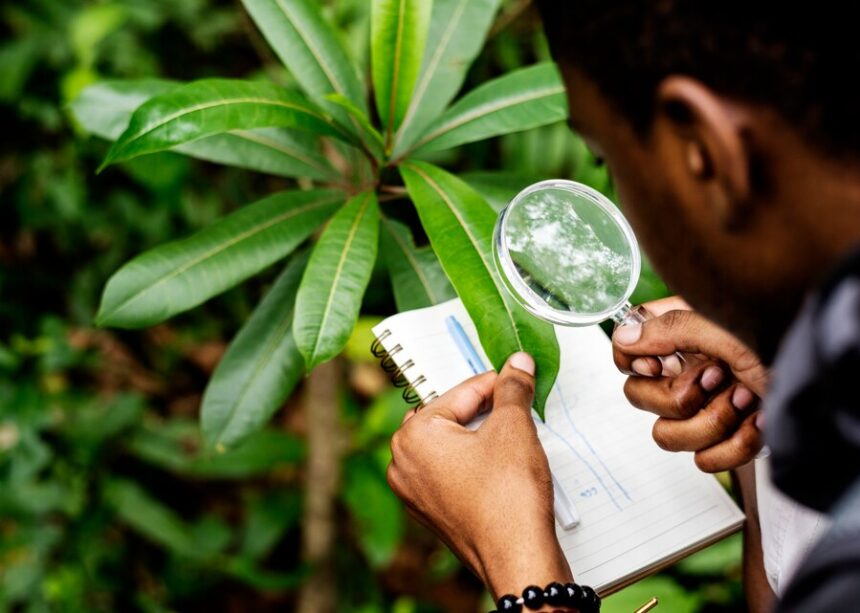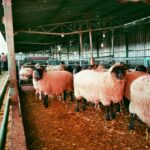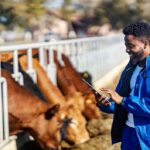Pest infestations are a major threat to global food security, causing significant crop losses every year. In China, where agriculture is a key industry, farmers have turned to deep learning—a subset of artificial intelligence (AI)—to detect and manage pests with greater accuracy and speed. By using AI-powered systems that analyze images and environmental data, Chinese farmers can identify pest infestations early and take action before major damage occurs. South African farmers, who face similar challenges, can benefit from adopting these innovative techniques.
How Deep Learning is Transforming Pest Detection in China
Deep learning systems use neural networks to analyze vast amounts of data, learning to recognize pests and plant diseases with high accuracy. Here’s how China is using this technology to protect its crops:
- AI-Powered Image Recognition
Farmers and agricultural researchers use drones, smartphones, and cameras to capture images of crops. AI models then analyze these images, comparing them to a database of pests and diseases to detect infestations at an early stage. - Real-Time Monitoring with IoT Sensors
Smart farms in China integrate deep learning with the Internet of Things (IoT) by using sensors that track temperature, humidity, and other environmental factors. AI processes this data to predict pest outbreaks before they happen. - Automated Pest Control Solutions
Some Chinese farms use robotic sprayers equipped with AI vision systems. These systems apply pesticides only where needed, reducing chemical use and minimizing environmental impact. - Cloud-Based Pest Management Platforms
AI-powered platforms allow farmers to upload photos of affected crops and receive instant diagnoses and treatment recommendations. These platforms also provide predictive analytics, helping farmers prepare for future pest risks.
Lessons for South Africa
South African farmers can leverage similar deep learning technologies to improve pest detection and crop protection. Key takeaways from China’s approach include:
- Investment in AI and IoT Infrastructure: Developing AI-driven pest detection tools requires better internet connectivity and access to digital farming technologies.
- Partnerships Between Farmers and Tech Companies: Collaboration between agricultural organizations and AI developers can lead to tailored solutions for local pest threats.
- Affordable AI Tools for Small-Scale Farmers: Many smallholders lack access to advanced technology. South Africa can develop mobile-friendly AI apps that allow farmers to identify pests using their smartphones.
- Data Collection and Knowledge Sharing: A national database of pest images and AI-driven recommendations can help farmers across the country detect and respond to infestations more effectively.
The Future of AI in South African Pest Management
By adopting deep learning for pest detection, South Africa can enhance food security, reduce crop losses, and promote sustainable farming. With the right investments in AI technology and farmer training, the country can build a smarter, more resilient agricultural sector—one that stays ahead of pests rather than reacting to them.
Join 'Farmers Mag' WhatsApp Channel
Get the latest Farming news and tips delivered straight to your WhatsApp
CLICK HERE TO JOIN






